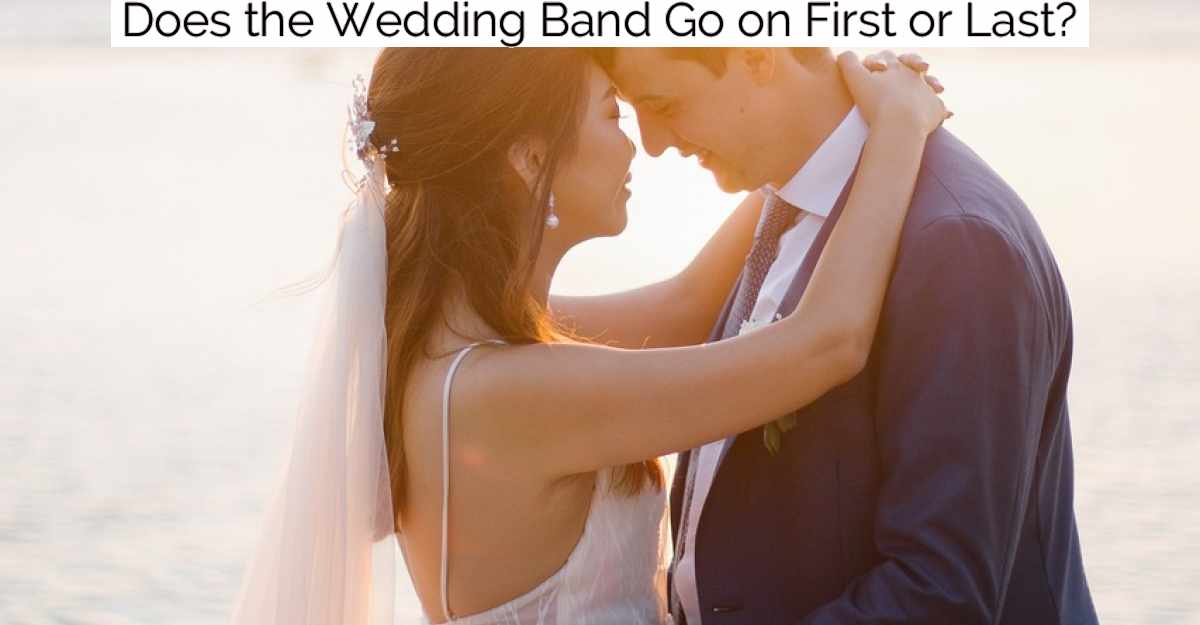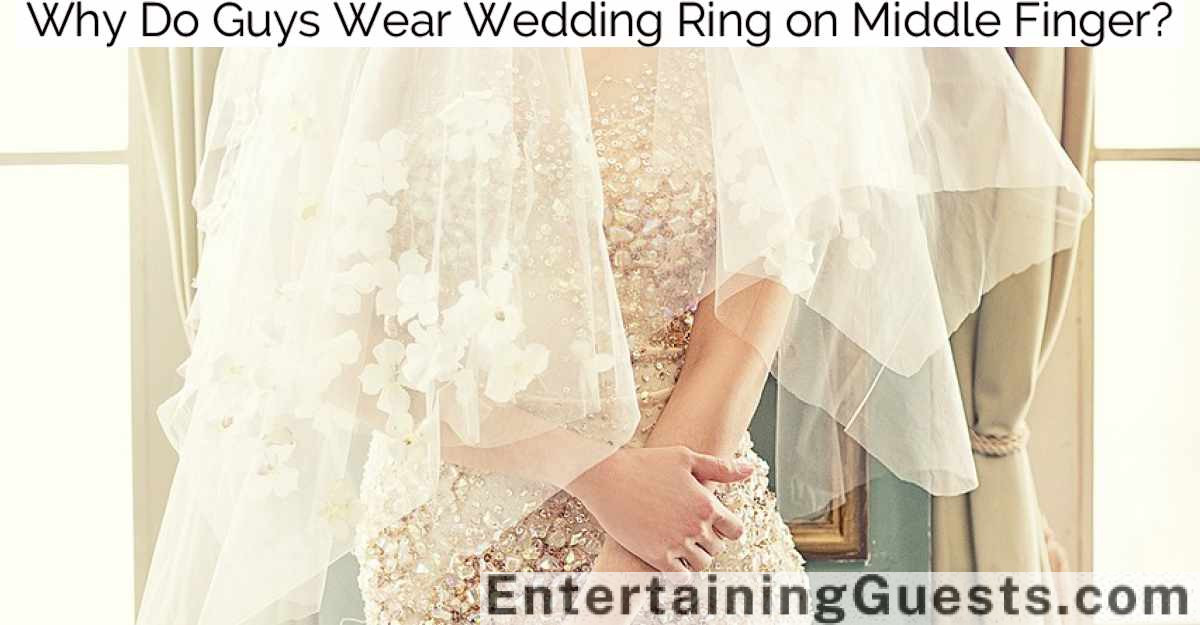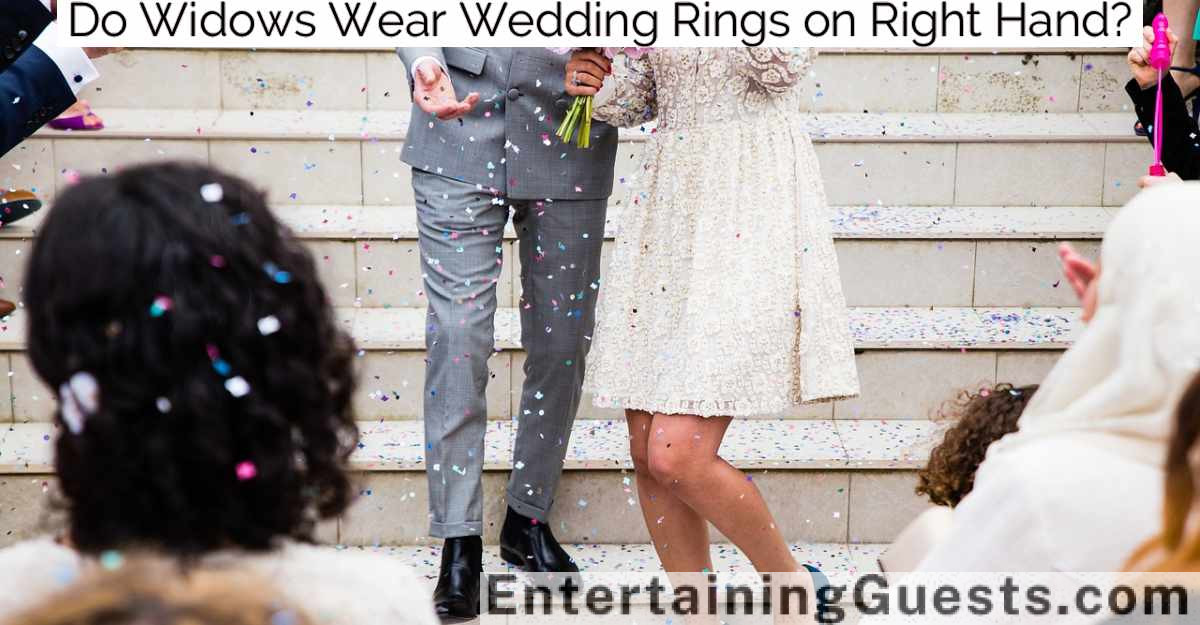Yes, in traditional Western wedding ceremonies, the wedding band goes on first.
It is typically placed on the finger closest to the heart, symbolizing a deep emotional bond and emphasizing the significance of the commitment made in marriage. The engagement ring is then placed on top of the wedding band after the ceremony.
This positioning not only serves as a protective barrier for the wedding band but also signifies the promise of marriage.
Modern couples might choose to personalize how they wear their rings, opting to stack them differently or rearrange them based on personal values or practical reasons.
The variety in ring placement among different cultures and individual preferences highlights the broad spectrum of meanings associated with this tradition.
Understanding Ring Traditions
Wedding ring traditions, steeped in cultural significance, vary considerably across the globe. In many Western countries, couples often exchange rings during their wedding ceremony as a symbol of their commitment. These rings are typically made of durable metals like gold or platinum, reflecting the enduring nature of their bond.
The choice of material and design is carefully considered, with personalization through engravings becoming increasingly popular. Historically, the placement of the wedding ring on the left hand is linked to the historical and cultural origins of wedding rings, emphasizing the emotional and psychological significance associated with this tradition.
In contrast, some Eastern cultures incorporate more intricate ceremonies involving jewelry. For example, in Indian weddings, the bride doesn’t just receive a ring but may also be adorned with various other pieces, such as toe rings and bangles, each carrying its own cultural significance. The materials used, such as gold or silver, are selected based on regional traditions and the family’s socioeconomic status.
Practically speaking, couples today are looking beyond the traditional when selecting their wedding rings. They’re considering factors like lifestyle compatibility, durability of materials, and even ethical sourcing of gems and metals.
This shift reflects a broader trend towards more personalized, conscious choices in wedding planning, ensuring that the symbols of their union align not just with cultural traditions but also with personal values and everyday practicality.
Symbolism of Ring Placement
Many couples regard the placement of their wedding bands as a deeply symbolic gesture, rooted in both history and personal significance. Traditionally, the wedding band is worn closest to the heart, symbolizing it as the bond that’s closest to one’s love and life. This cultural practice reflects the broader symbolism and cultural significance of wedding rings, which have historically represented authority and fidelity.
The practical sequence during the ceremony involves placing the wedding band on the finger first, followed by the engagement ring. This arrangement guarantees the wedding band remains nearer the heart, emphasizing its importance and eternal nature.
Moreover, this order isn’t just about tradition; it’s also about protection. The engagement ring, often more ornate, protects the more simple wedding band. This is seen as a metaphor for the marriage itself—where the engagement period is the promise, and the wedding band solidifies the commitment, offering a shield of love and dedication.
These nuances aren’t just romantic ideals but are embraced by modern couples who see their jewelry as extensions of their personal stories and values. The choice of how to wear these rings can also reflect a couple’s unique style, making a statement about their relationship’s distinctness and depth.
Cultural Variations in Ring Order
Several cultures exhibit unique traditions regarding the order in which wedding and engagement rings are worn, each reflecting distinct values and historical backgrounds.
In many Western countries, it’s common for the engagement ring to be placed first on the left ring finger, followed by the wedding band during the ceremony. This order symbolizes the wedding band being closer to the heart, signifying its importance and permanence in the marital relationship.
Curiously, the choice of which hand to wear the wedding band on can also be influenced by cultural and religious influences, as seen in Eastern European customs.
Conversely, in some Eastern European countries like Russia, Ukraine, and Poland, the wedding band is worn on the right hand instead of the left. The engagement ring still precedes the wedding band but on a different hand, aligning with local religious and cultural practices that associate the right hand with oaths and vows.
In Nordic countries, both men and women often wear engagement rings, which is a practical display of mutual intent and equality. Post-wedding, these rings are typically accompanied by a simpler wedding band, worn on the same finger, highlighting a seamless shift from engagement to marriage.
These variations not only underscore the diversity of marital symbolism around the world but also offer couples ideas on how to personalize their ring wearing to best reflect their personal values and heritage.
Expert Opinions on Ring Sequence
Most experts agree that the sequence in which wedding and engagement rings are worn can markedly reflect personal and cultural significance. Typically, the wedding band, symbolizing commitment, is worn closest to the heart, with the engagement ring following. This order, they say, isn’t just traditional but practical, allowing the engagement ring to protect and anchor the wedding band on the finger.
Fashion and jewelry experts, like those at The Knot and WeddingWire, highlight the increasing popularity of stacking rings. They note that some modern couples choose bands that interlock, ensuring a specific sequence for both aesthetic and comfort reasons. This trend reflects a move towards customization in bridal jewelry, allowing each piece to retain its meaning while contributing to a unified look.
Jewelers also point out that the material of the rings can influence the order. Softer metals might be more susceptible to scratches from harder stones in the engagement ring.
As a result, they often recommend placing the more durable band on first, to shield it from potential damage.
Personal Stories and Choices
Exploring personal choices in wedding band placement reveals a rich tapestry of individual preferences and meaningful decisions.
Sarah, a recent bride, decided to wear her wedding band on top of her engagement ring. She felt it symbolized protection for her engagement ring, which held great sentimental value.
Contrastingly, Michael, who got married last summer, chose to wear his wedding band first. He believes it should be closer to his heart, following the tradition he learned from his grandparents.
In trend-aware circles, there’s a growing preference for practicality and comfort. For instance, Jenna, a graphic designer, opts for a silicone band stacked under her diamond ring during work hours to prevent damage to the more ornate piece.
This practical approach doesn’t just protect her ring but also aligns with her minimalist, efficient lifestyle.
These stories highlight how personal and practical factors influence wedding band placement. Each choice, while perhaps deviating from convention, is deeply rooted in personal significance and lifestyle needs.
Such decisions underscore the unique narratives and practical considerations couples embrace in commemorating their unions, proving there’s no one-size-fits-all answer to this age-old question.
Conclusion
To summarize, while traditions generally dictate the wedding band goes on first, symbolizing its closeness to the heart, modern couples often tailor this sequence to suit their personal style and cultural practices. Experts affirm there’s flexibility in ring order, encouraging couples to choose what feels right for them. As trends evolve, the emphasis remains on the meaning each individual assigns to their rings, making personal stories as significant as established customs in deciding ring placement.







